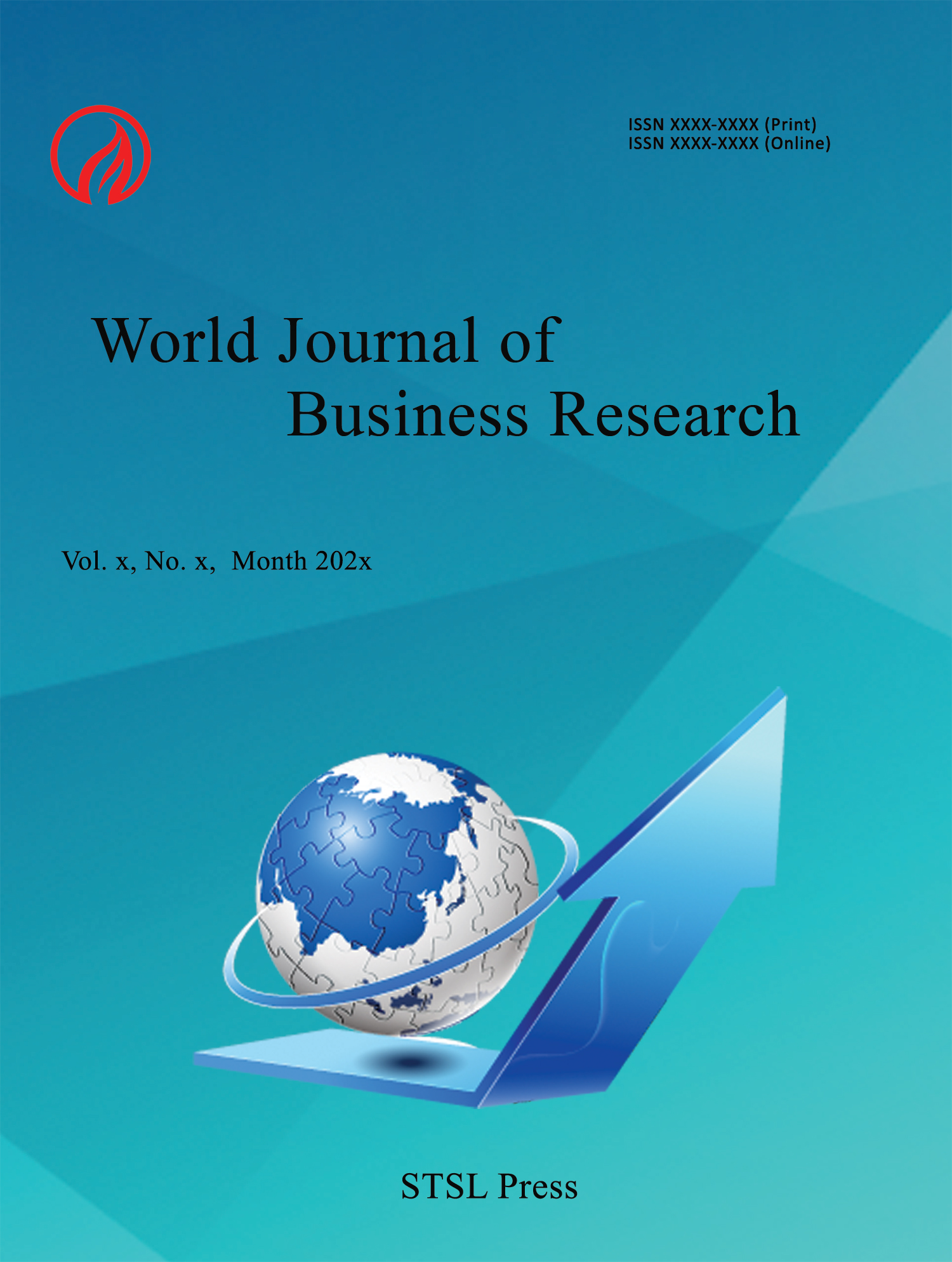Determine the Effective Factors on Gross Domestic Product in Malaysia (1980-2019)
Amara A. M. Fofana
Abstract
The rate of GDP growth has long been considered a pressing topic, and several studies have been conducted in order to learn more about it. Consistent GDP per capita increases within a nation have a negative impact on poverty, health care, education, crime, and economic development. Socio-political instability may be lessened by elements that contribute to GDP development. This article examines GDP growth as a dependent variable in Malaysia, while inflation, FDI, and the Real Effective Exchange Rate are independent variables, from 1980-2019 which is a 40 years observations. The ARDL model was used to examine my data. Which can be used for both stationary and non-stationary time series, as well as time series with variable integration orders. Analyses are conducted using the ADF and Philip-Perron tests. The data was created using the nominal effective exchange rate index and a cost indicator of relative normalised unit root costs.
GDP inflation and Foreign Direct Investment are integrated to order (0), whereas the Real Effective Rate is integrated to order (1), meaning that there will be a shock in the short run but convergence, in the long run, implying that the variables will have a long-run relationship.
Paper:
pdf
DOI:
 This work is licensed under a
Creative Commons Attribution 4.0 License.
This work is licensed under a
Creative Commons Attribution 4.0 License.
Contact us
- Colin Garcia
- wjbr@stslpress.org
